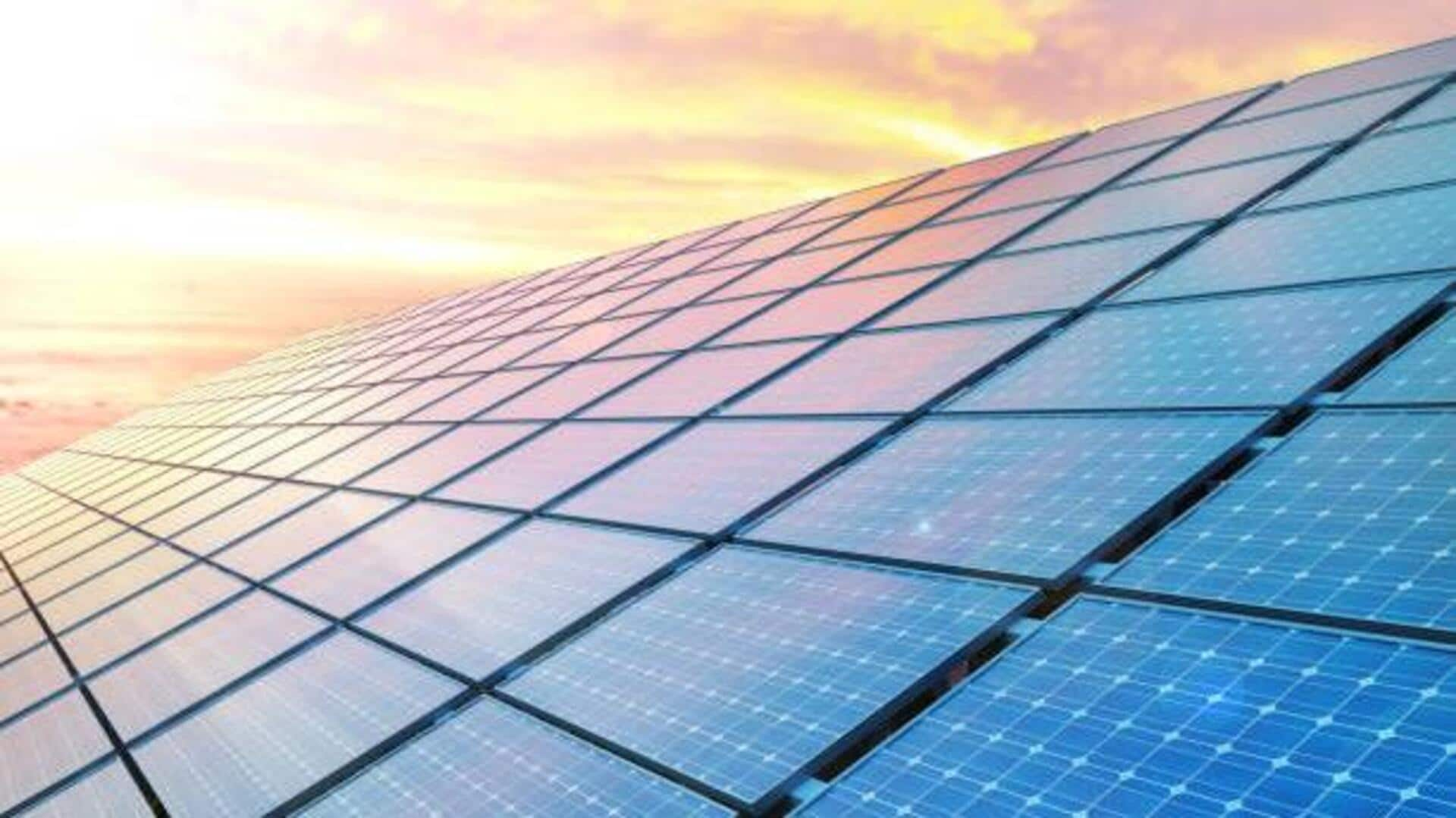
Solar panel cooking: A beginner's guide
What's the story
Solar panel cooking is an innovative and sustainable way to prepare meals without relying on traditional energy sources. In Africa, where sunlight is abundant, this method offers a cost-effective solution for households looking to reduce their energy bills and environmental impact. By harnessing solar power, families can enjoy nutritious meals while contributing to a greener planet. This article explores practical tips on how to effectively use solar panels for cooking at home.
Tip 1
Choosing the right solar panel
Selecting an appropriate solar panel is critical for effective cooking. Look for panels with a minimum output of 100 watts, as they are usually capable of generating enough power for basic cooking needs. Also, consider the size and portability of the panel according to your requirements. A larger panel may be more efficient but could be less portable, whereas a smaller one might not meet all your cooking needs.
Tip 2
Positioning your solar panel
Proper positioning of your solar panel is key to maximizing its efficiency. Place the panel in an area that receives direct sunlight for most of the day, ideally between six to eight hours of sunlight daily. Adjust the angle of the panel to capture maximum sunlight depending on the season and time of day. Using adjustable stands or mounts can help achieve optimal positioning.
Tip 3
Cooking techniques with solar power
There are various techniques you can use to cook with solar power. One popular method is using a solar cooker or oven, which traps heat from sunlight to cook food slowly but evenly. Another option is using reflective surfaces like mirrors or aluminum foil to concentrate sunlight onto pots or pans placed on a stable surface.
Tip 4
Maintenance tips for longevity
To ensure your solar cooking setup lasts, regular maintenance is key. Clean the surface of the solar panel frequently, so that dust and dirt do not block sunlight from reaching it. Inspect all components for any signs of wear or damage, and replace parts as needed to keep the system efficient and safe.